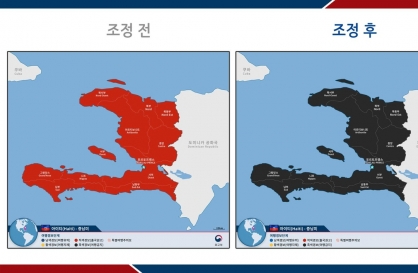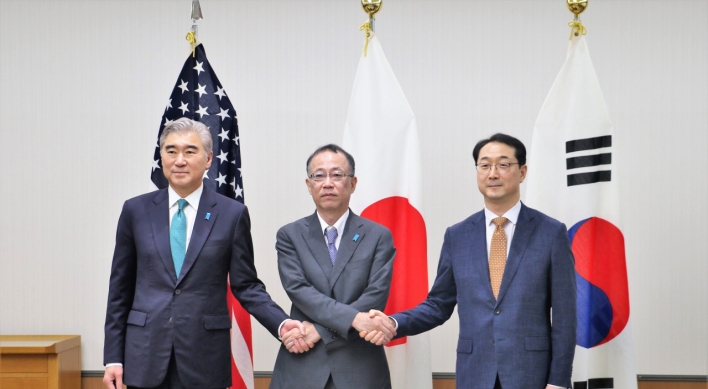[Editorial] Highest suicide rate
Suicide prevention efforts lacking
By KH디지털2Published : Sept. 1, 2015 - 17:54
The latest OECD Health Statistics held dismal news for Korea. The country’s suicide rate stood at the top among the 25 of the 34 Organization for Economic Cooperation and Development member states for which figures were available.
The average suicide rate among the 25 countries stood at 11.9 persons per 100,000. At 29.1 persons per 100, 000, the suicide rate in Korea was more than double the average OECD figure for 2012. In fact, the country has topped the list since 2003 when the suicide rate reached 28.1 persons per 100,000, peaking at 33.8 in 2009.
Korea’s suicide rate first spiked in 1998 when it reached 21.7 persons per 100,000, as the country struggled with the Asian financial crisis of 1997. In 1995, the suicide rate had stood at 12.7 persons per 100,000, about the OECD average.
It is easy to blame the still high suicide rate on the continued aftermath of the financial crisis. However, economic difficulties alone do not sufficiently explain the high rate of suicide -- there are countries with lower gross domestic products that have much lower suicide rates. Nor can the phenomenon be dismissed as a matter of personal problems, attributing the high suicide rate to the prevalence of untreated depression.
Perhaps an explanation for the high rate of suicide can be found in the contradictions of Korean society. Despite its phenomenal economic development in the last 60 years or so, Korea suffers from a growing income gap and social immobility.
The worsening income disparity means a greater sense of alienation and comparative sense of loss. In a close-knit society such as Korea, such disparity is felt with great immediacy. This year’s biennial OECD report on well-being shows Korea ranking nearly at the bottom in health status, work-life balance and subjective assessment of well-being categories.
Korea also scores at the top when it comes to elderly poverty. The youth happiness index, on the other hand, ranks at the bottom. Not surprisingly, Korea ranked at the top for suicide rate among the elderly population in OECD countries. Meanwhile, suicide is the No. 1 cause of death among young adults here.
Overall, it appears that Korea as a nation is not a happy one.
Ultimately, people’s quality of life must be improved to create a happier nation. In the meantime, the government should focus on preventing suicides. Japan, which had similarly suffered from a high suicide rate, turned the tide in 2010 through active government intervention. It passed a law on suicide prevention in 2006 and spends 300 billion won ($255 million) a year toward that end. Japan’s suicide rate in this year’s OECD report stands at 18.7 persons per 100,000.
The Korean government instituted the first five-year plan for suicide prevention in 2004 but has not implemented a new plan since the second five-year plan expired in 2013. The annual budget for suicide prevention stands at a mere 8 billion won. There is much room for improvement in the government’s efforts to prevent suicide.











![[New faces of Assembly] Architect behind ‘audacious initiative’ believes in denuclearized North Korea](http://res.heraldm.com/phpwas/restmb_idxmake.php?idx=644&simg=/content/image/2024/05/01/20240501050627_0.jpg&u=20240501225745)






